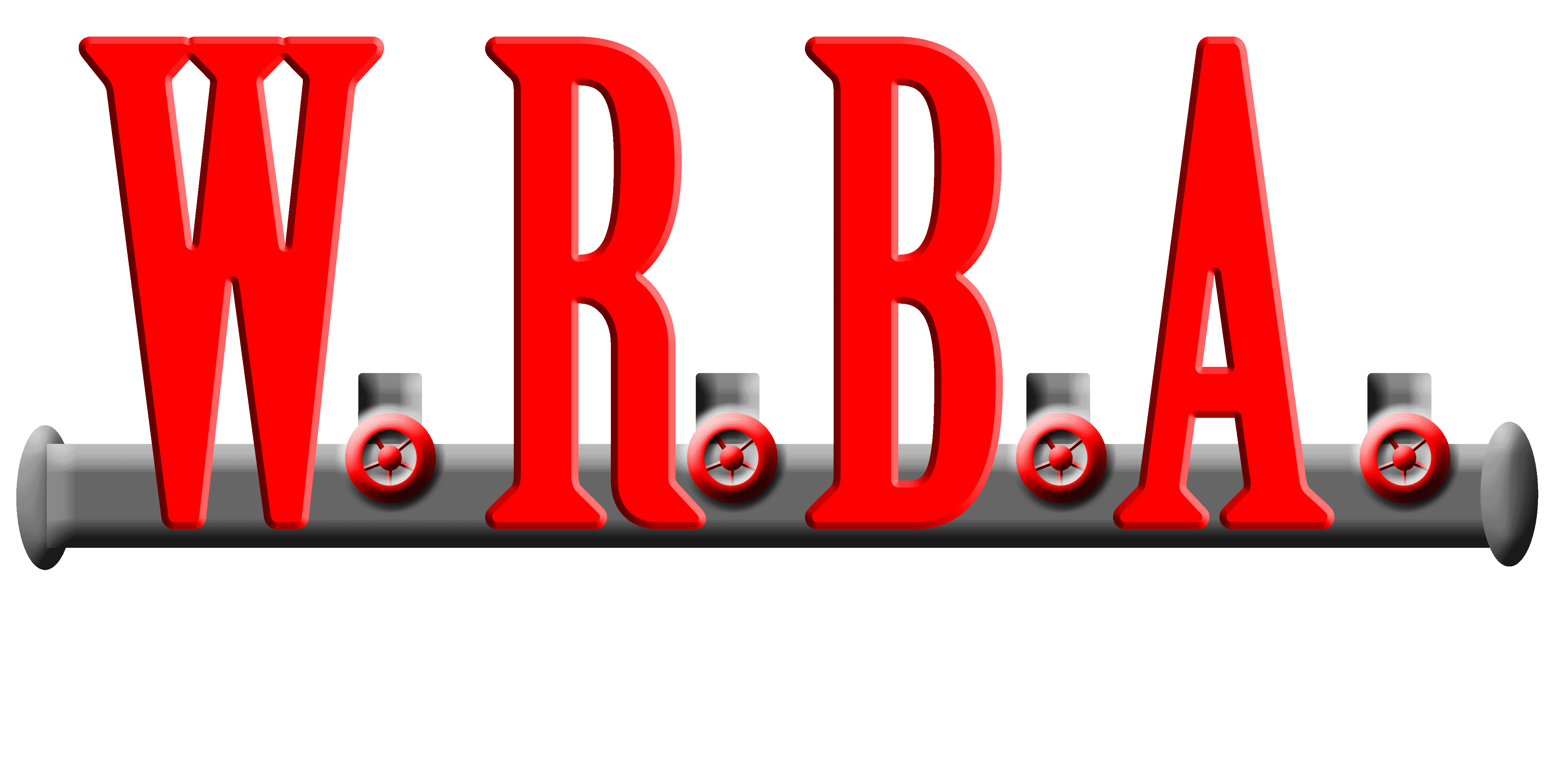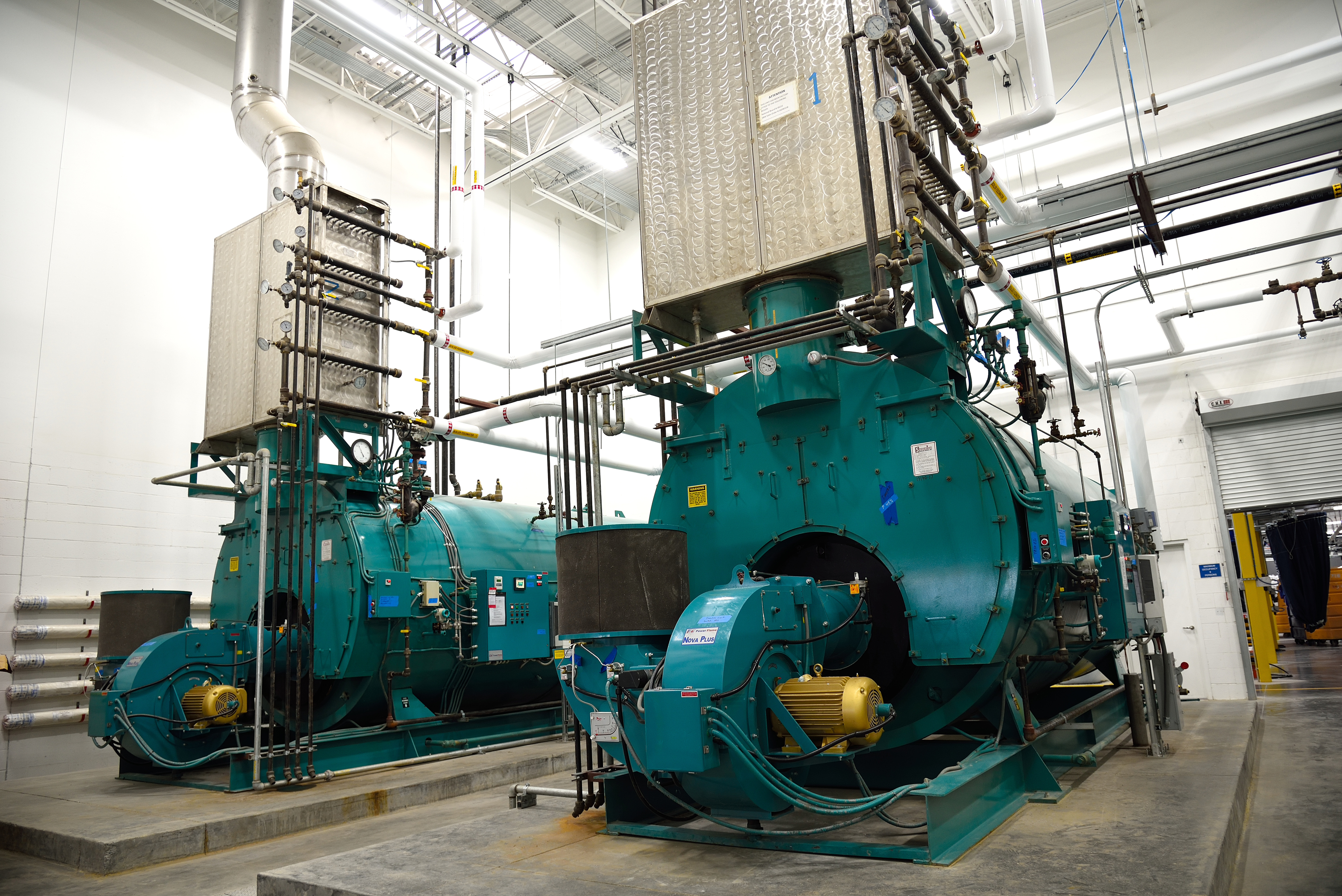Nationwide Environmental Solutions, a strategic business unit of Nationwide Boiler Inc., has extensive experience in SCR technology with over 100 installations across the country. We started out as a user on our rental boiler fleet, mastered the design and operation of the system, and began selling the superior product to our customers. We can now provide SCR systems for NOx reduction to as low as 2½ ppm for boilers, fired heaters, gas turbines, and other demanding applications.
Users in a diverse set of applications are experiencing changes in emissions regulations, driven by federal, tribal, and state implementation plans. With more stringent NOx control limits, utility and industrial industries are facing many challenges in achieving compliance. Selective Catalytic Reduction (SCR) technology has been emerging as a clear preference with new plant construction and retrofits to existing plants, and we want to help guide you to make smart decisions for your SCR design.
Join us on March 28th at 11AM EST for a live webinar, hosted by Director of Environmental Solutions, Sean McMenamin. Sean will discuss key considerations for your SCR design, including:
- An overview of current and future anticipated NOx emissions regulations
- Understanding NOx reduction control strategies and comparison of control technologies
- Understanding "next generation" SCR design and performance expectations
- NOx technology options utilizing alternative reagents
- Operating conditions and their effects on SCR sizing, design and lifecycle costs
- Various case studies
Register today! This is a webinar your won't want to miss.





